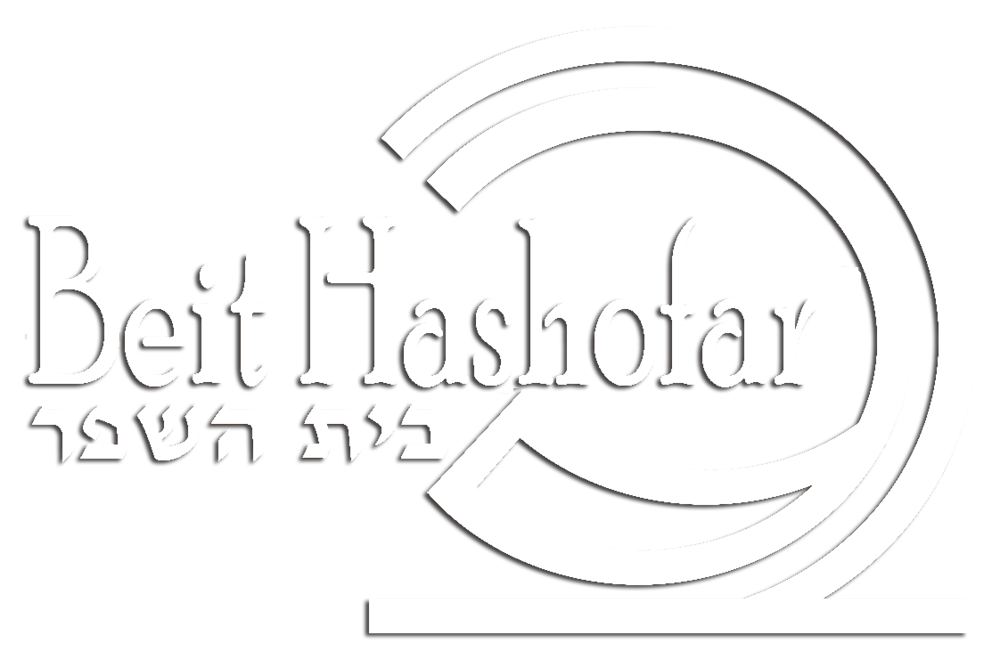In Parashat Vayakhel, the Israelites finally begin to build the tabernacle after the disastrous detour of the golden calf. The Lord provides detailed instructions for the tabernacle, telling Moses, “Exactly as I show you—the pattern of the Tabernacle and the pattern of all its furnishings—so shall you make it” (Ex. 25:9). The Lord also provides the ability to make this elaborate structure, through giving his Spirit to Betzalel, who oversees all the work (Ex. 35:30ff).
You could even say that the Lord provided the materials for construction, back on the night of Passover, when the Israelites “borrowed from the Egyptians objects of silver and gold, and clothing. And the Lord had disposed the Egyptians favorably toward the people, and they let them have their request; thus they stripped the Egyptians" (Ex. 12:35-36).
What is most striking in this parasha, however, isn’t what the Lord provides, but how much he leaves up to the hands and hearts of the Israelites.
Take from among you gifts to the Lord; everyone whose heart so moves him [or whose heart is generous or noble] shall bring them—gifts for the Lord; gold, silver, and copper; blue, purple, and crimson yarns, fine linen, and goats’ hair . . . And let all among you who are skilled come and make all that the Lord has commanded. (Ex. 35:5-10).
We might compare this offering with the one taken for the golden calf, which is a sort of anti-tabernacle. This offering is far more spontaneous. Aaron says, “Take off the gold rings that are on the ears of your wives, your sons, and your daughters, and bring them to me” (Ex. 32:2). Then he casts them into a mold and out comes this calf! (As Aaron explains later to Moses; Ex. 32:24).
Responsibility, in contrast, is steady, long-term, thoughtful, the expression of a noble or generous heart. It is the essential thing that we provide in the service of God.
Rabbi Jonathan Sacks develops this theme in his commentary on Ki Tissa, the parasha just before Vayakhel (Ki Tissa (5773) – Two Types of Religious Encounter). He notes that the first set of tablets that God gave Moses on Mount Sinai ended up being broken when Moses saw the Israelites worshiping the golden calf. After Moses intercedes for Israel, God forgives them and moves to replace the tablets. But this time Moses must carve out the tablets himself, and only then will God write his words upon them (Ex. 34:1).
Hence the paradox: the first tablets, made by G-d, did not remain intact. The second tablets, the joint work of G-d and Moses, did. Surely the opposite should have been true: the greater the holiness, the more eternal. Why was the more holy object broken while the less holy stayed whole? This is not, as it might seem, a question specific to the tablets. It is, in fact, a powerful example of a fundamental principle in Jewish spirituality.
Rabbi Sacks goes on to explain this principle.
Jewish mystics distinguished between two types of Divine-human encounter. . . “an awakening from above” and “an awakening from below.” The first is initiated by G-d, the second by mankind. An “awakening from above” is spectacular, supernatural, an event that bursts through the chains of causality that at other times bind the natural world. An “awakening from below” has no such grandeur. It is a gesture that is human, all too human.
. . . An “awakening from above” may change nature, but it does not, in and of itself, change human nature. In it, no human effort has been expended. Those to whom it happens are passive. While it lasts, it is overwhelming; but only while it lasts. Thereafter, people revert to what they were. An “awakening from below”, by contrast, leaves a permanent mark.
This awakening from below involves human responsibility. So, the tablets that remain are the product of divine-human partnership. Moses must carve them out laboriously by hand before Hashem will write upon them. The Israelites must devote their wealth, their talents, their “noble hearts” to the project of building the tabernacle, and only then will the shekhina inhabit it. Rabbi Sacks comments on the tabernacle,
The Israelites made it; they prepared the structured space the Divine presence would eventually fill. Forty days after the revelation at Sinai, the Israelites made a Golden Calf. But after constructing the sanctuary they made no more idols – at least until they entered the land. That is the difference between the things that are done for us and the things we have a share in doing ourselves. The former change us for a moment, the latter for a lifetime.
The middah of responsibility helps us accomplish good things in the world, but even more, it changes us. Responsibility means maintaining a generous or noble heart … and even more responsibility ennobles our hearts to serve God with excellence.


